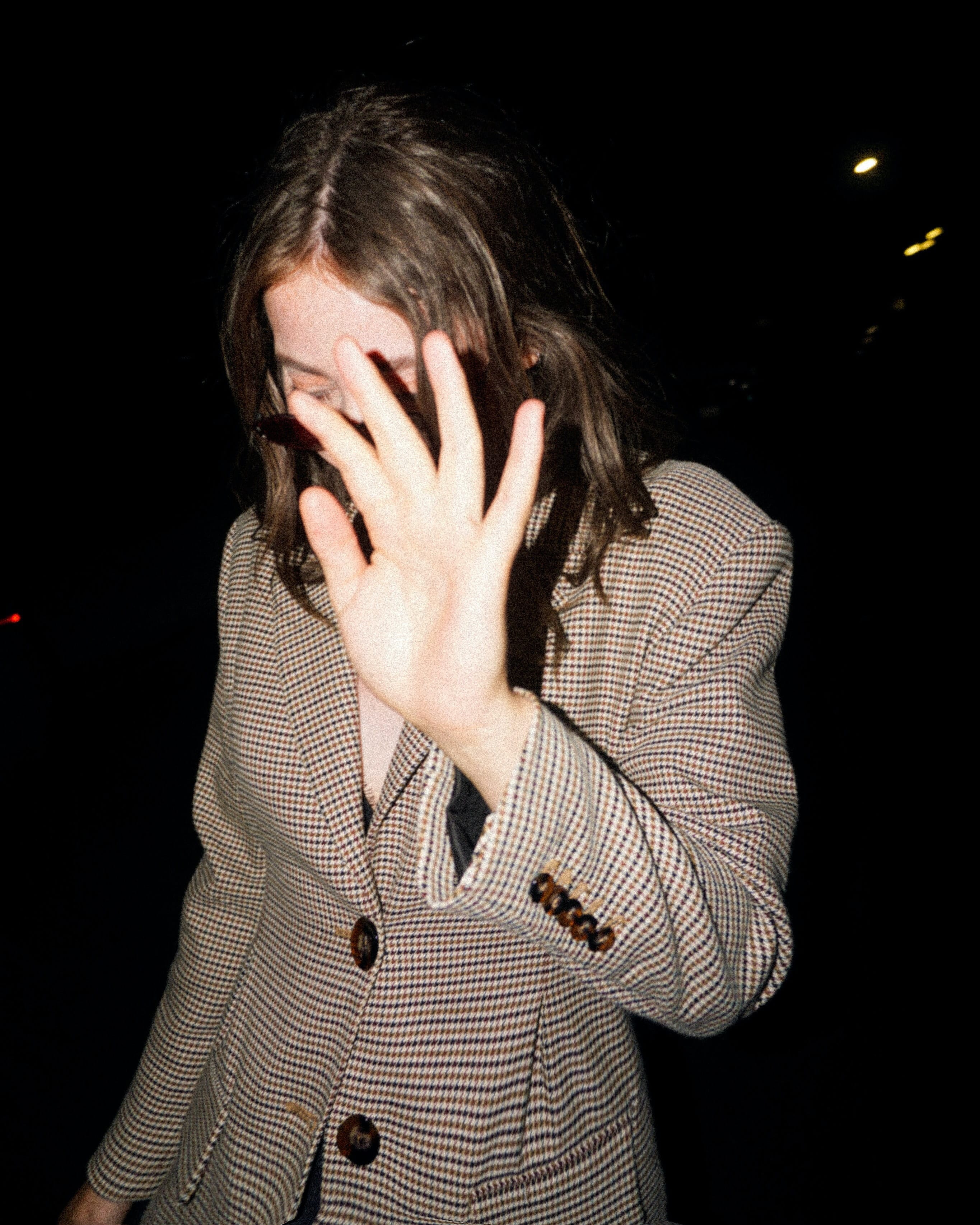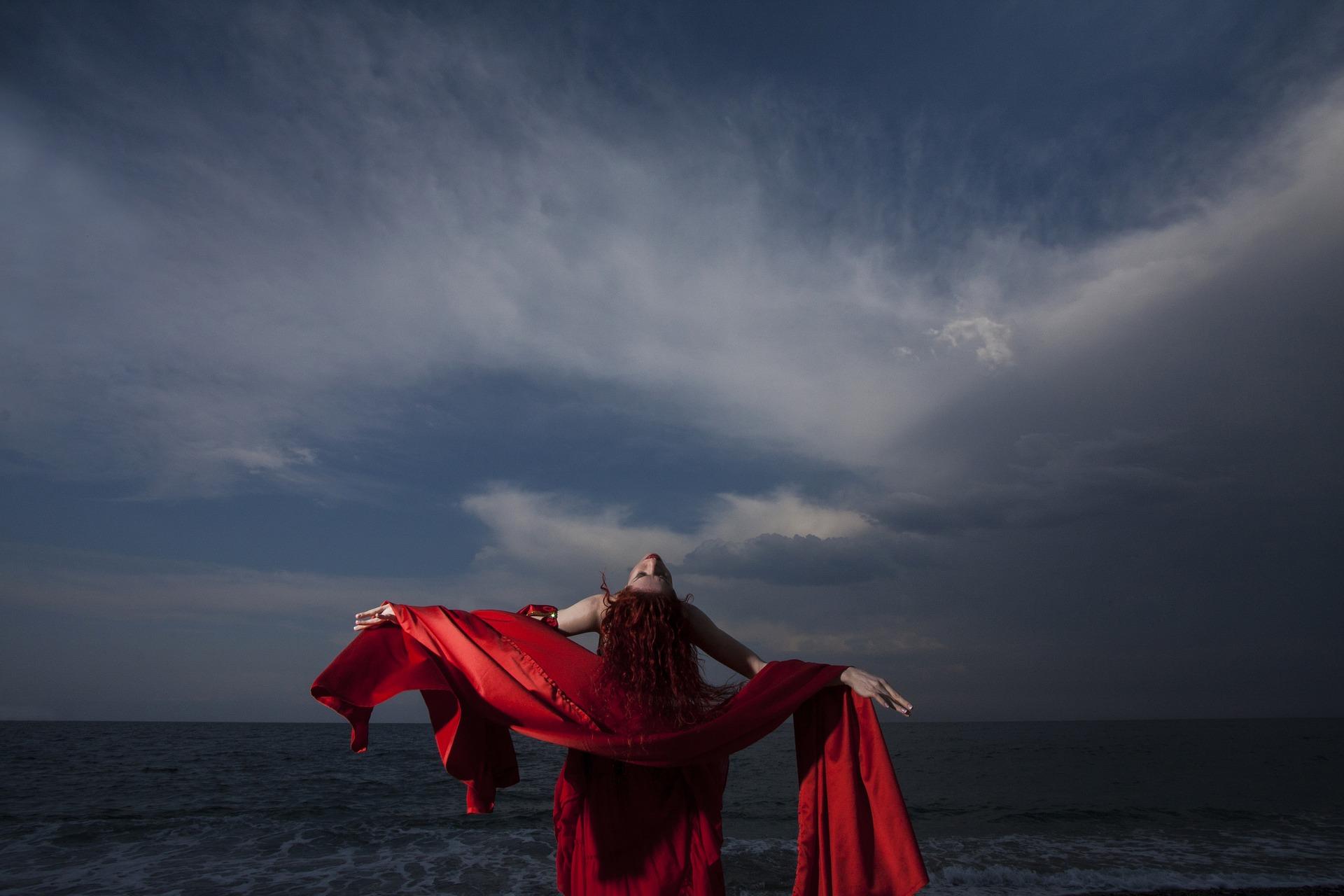From food photography to digital cameras, from taking a personal portrait to editing with photoshop, many contemporary artists have been using their skills as a means of expression over the past few decades.
It was at the beginning of the 1980s that photography started moving away from the humanist style of Robert Doisneau to add a more personal touch to their work.
Any contemporary series encompasses elements of many genres and will apply diverse photography techniques, both traditional and digital.

What is Contemporary Photography?
Artistic movements are often complex to understand and define as the boundaries between movements are sometimes blurred.
This blurriness is down to the fact that the passage from one movement to another is rarely achieved in a single leap.
It takes time for the photographer to evolve their artistic skill, and it’s also worth remembering that movements are usually organized and defined by art historians.
It’s historians, not photographers, who have defined and dated photographic eras.
Contemporary photography is one such style that can apply to many genres. Most art historians agree that the contemporary movement includes any photograph taken from the year 1980 onwards.
As for the eras that preceded it, there are several. These go all the way back to the 1800s when the camera was invented.
This is a rough guide to the evolution of photography over the centuries:
- 1839 - 1920: Early photography
- 1920 - 1980: Modern photography
- 1980 – Present day: Contemporary photography
In the mid-1980s, anything that was not borne of traditional techniques was referred to as ‘contemporary photography’. In other words, only pictures produced using a new type of technology could be described as ‘contemporary’.
Learn more courtesy of these photography courses here.
One of the most important reasons why 1980 is used as an international marker for the dawn of contemporary photography is that it was at this point that it was officially recognised as a fine art in its own right.
This was a significant point in history for an artform that had previously been regarded as a translation or exploration of reality rather than a means of expression.
Long before the arrival of digital cameras, it was Bernd and Hilla Becher who first began to think of and use photography as a conceptual art form.
Known for their photos of industrial buildings, the German couple compared these to the modern cathedrals of the era. In each series, they used many traditional techniques to capture these modern structures.
These influential people taught their passion by giving group classes in Germany, inspiring many students to follow in their footsteps, including Thomas Ruff and Andreas Gursky.
The success stories of Ruff and Gursky are enough of a reason for amateur photographers to consider taking photography courses, especially if you're lucky enough to see a series of theirs in a fine arts gallery or museum.
As the technology evolved, new possibilities became available to photographers, as they were able to experiment with techniques and have more time to practice their skills.

Thanks to the advancements in technology, several new concepts emerged, including:
- Distortion
- Photomontage
- Polaroid
- New equipment
- Optical illusions
- Stylistic renewal
- Mixing of genres
- Digital art
From the galleries of London to exhibitions in China, the contemporary movement seems to have conquered the international gallery and museum scene.
Check here for the best Photography courses Sydney.
Contemporary Photography and Visual Art
Contemporary photography is mainly known for its visual arts side and, as we mentioned before, it was in the 1980s that it was officially recognised as an art in its own right. The artistic use of photography started to be about much more than photojournalism or illustrating a book to make it more appealing.
However, with this new level of recognition came a crack in the photography community.
Instead of being one community, there was a group of photographers and a group of artists who were held together by the common medium of photography but didn't always meet eye to eye.
This split in the community is evident courtesy of the words of Christian Boltanski, who sees himself as more of a painter than a photographer:
Photography is photojournalism, the rest is painting.
Because of this division, we often differentiate art from pure photography, which is often called ‘straight photography’.
The purpose of each type of image is different in that artistic photographs are created for an exhibition, while straight photos are used to illustrate a certain subject matter.
Regardless of your chosen format, taking pictures will always be a way to capture, examine and understand your surroundings.
One type of art that has captured the minds of many is POMs (which stands for ‘small multimedia pieces’ in French). POMs are short films that use photographs and other mediums to tell a story.
POMs are an example of using a camera for artistic purposes rather than documenting events. This kind of visual art gives the artist a means of expressing their emotions or beliefs through photography.
Here are some famous visual photo artists to take inspiration from:
- Sophie Calle
- Patrick Chauvel
- Alain Fleischer
- Peter Fischli and David Weiss
- Virginie Boutin
- William Klein
- Michel Lagarde
- Sandro Miller
- Yan Morvan
- Pierre and Gilles
- Sabine Pigalle
- Christian Boltanski
- Gilbert and Georges
- Sacha Goldberger
- Thomas Ruff
- Andrew Paterson
These people have taken some of the most famous photographs throughout history

Raymond Depardon and Subjective Photography

Just like Robert Doisneau was a hero in the Humanist movement, Raymond Depardon is a giant in the world of contemporary photography.
Known across the international artist scene, he founded his first agency, Gamma, in 1966, before joining Magnum in 1979.
A true legend to his contemporaries, Raymond Depardon saw himself as a subjective photographer.
It was Depardon who bridged the gap between aspects of journalistic photography- popularised by people like James Nachtwey- and the questioning of oneself in his work.
Subjective photography charges the photographer with capturing not only the journalistic facts but also depicting the emotions of a scene. Unlike portrait photography, subjective photography deeply focuses on the inner mind rather than capturing images of the outside world.
Photography is a means of expression and an image to discuss for connoisseurs. Creators can, therefore, use subjective photography to share their vision of the world with the masses.
With his reporting on Chile in 1971, Beirut in 1978 and Glasgow in 1980, Depardon’s mission was to capture on camera the defining events of each era.
As his interests turn further towards facts, Raymond Depardon is getting ever closer to humanist photography.
He is well-known for having travelled across France in his caravan and returning from his journey with a compelling portrait of how he viewed the country at the beginning of the 21st century.
Depardon has continued his journey around the world, photographing everything that describes it.
Contemporary Photography and Pop Art
The artistic movement of the 1960s known as pop art had a big impact on contemporary photography, and many famous people like Richard Hamilton incorporated camera techniques into their work.
Just as with contemporary paintings which are often difficult to understand, pop art in photography also requires some type of interpretation on the part of the person viewing the image.
For those who aren't sure, pop art was popularised in the United States (especially in New York) and the United Kingdom which aimed to challenge and confront so-called 'fine art' traditions by using 'popular images' like comic books and mass-produced objects.
But how does that fit in with contemporary photography? Well, it inspired different artists in different ways...
Gilbert and George, two performers working as a team, used photomontages and other techniques to create original works of art.
Photomontage is the process and the result of making a composite photograph by cutting, gluing, rearranging and overlapping two or more photographs into a new image. Sometimes the resulting composite image is photographed so that a final image may appear as a seamless photographic print.
Described here by Wikipedia, the photomontage technique is an obvious style of contemporary photography – anything can apply, even the most far-fetched ideas. This photography technique shares many features with painting, where an artwork becomes a modified version of reality.
The result of these kinds of processes is regarded as art, as opposed to the style of documentary photography which appears in print magazines and newspapers.
Another famous example is Roy Lichtenstein, who used a technique called 'Ben-Day dots' to create his massive-scale paintings. These dots were originally a photo-engraving technique from the 1870s that were repurposed in the 50s and 60s, especially in comics
Find photography courses Perth here on Superprof.
Contemporary Fashion Photography

The term ‘fashion photography’ denotes a type of photography dedicated to showcasing dress and clothing styles often composed of high-fashion pieces worn by models.
Although professional photography in this industry has existed since the beginning of the century, it continues to evolve as a genre with the passage of time.
In the 1980s, commercial photography and advertisements began to take up more and more space in print, meaning that fashion houses began spending more money and creating more exciting concepts.
At the beginning of the millennium, a new term appeared. This term was ‘image maker’, and described those who saw themselves as artists rather than photographers, even if photography was their main medium.
One of the most well-known is Helmut Newton. An Australian professional photographer of German origin, throughout his career, Newton worked with the stars of the day, including Cindy Crawford and Claudia Schiffer.
Working from the late 1950s all the way until the late 1990s, he became most famous for his film noir-inspired images, which were much more voyeuristic in nature than the images that had previously been published in fashion magazines like Vogue.
A more modern style can be seen in the photos taken by David LaChapelle, whose high-concept, surreal shoots harken back to the hey-days of the 1960s pop art we discussed before.
LaChapelle took advantage of the large amounts of money being circulated in the fashion industry to organise shoots with extremely high production value. There was even a line down the street when he did a meet and greet with fans to publicise a new book in 2017.
Find online photography courses here on Superprof.
Where to See Contemporary Photography in Australia
We're often called the lucky country, and this can also apply to the amazing variety of artworks you can find in virtually every city in Australia. There's always a museum or gallery about to inaugurate a new series or exhibition, which is great for any photo lover.
Here's a list of some of the best museums in Australia for people who want to learn more about photography and its history:
1. The Centre for Contemporary Photography (CCP)
Found in Fitzroy, Melbourne, CCPs doors were opened in 1986 by a small group of local creators who wanted to promote their fine art and rebelled against its poor treatment on the national scene.
CCP is now a pre-eminent gallery that showcases work from national and international photographers. At the centre, you can find exhibitions that focus on the newest on the scene who are pushing the envelope, as well as those which focus on specific techniques or periods of history.
Like many museums, the CCP in Fitzroy also brings in experts like James Geer for talks in the gallery space, where you can meet them and expand your understanding of their expression and ideas.
Discover the best photography courses Melbourne online.

2. Australian Centre for Photography
Since 1974, this centre has been known for presenting the works of many a dynamic Australian and international artist, year after year. According to its website, the centre:
...holds at its core the vital contribution of artists and photographers in distilling and reflecting upon society, displaying a pluralism of perspectives and a breadth of artistic practice.
The centre is currently in a transition phase, so there is no longer a physical site where you can see works, but their website includes an impressive exhibition archive and is a great resource especially in the Australian context.
3. The Photograph Collection at the Art Gallery of NSW
This photograph collection began in 1975 with just 90 works but has expanded over the years to now include more than 4500, of which around 80% are Australian and around half are from the last 30 years.
Styles range from formal examples of early photographic arts to modern explorations from legends like Tracey Moffat and Fiona Hall. You can also buy a print or book of many of the photographers featured in the gallery.
4. Queensland Centre for Photography (The Centre)
This Centre is great for an artist who wants to learn camera and print skills, use a darkroom or simply meet another like-minded artist to share time and ideas with. The facilities include a small reference library and a black and white darkroom.
Mentoring programs are offered so that amateurs can find their place in a difficult industry, and improve their technical skills.
Regardless of your level of photography training, attending photography workshops and tutorials or signing up for online photography courses will be a good learning experience that can give you an opportunity to learn photography tips and tricks.
There is also a great exhibition space, The Maud Street Photograph Gallery, where local photographers can exhibit their photographic series'. While you probably won't find works from famous international photographers, you will find a place for yourself in the local artist community.
5. Centre for Creative Photography (CCP) Adelaide
Another destination that is perfect for a local artist, the CCP is the only gallery of its type in South Australia. While there are frequent exhibitions, the focus here is much more on study and education in the photographic arts.
The Light Gallery is a space within the CCP where both students and established artists can have the opportunity to show their work. Those visiting are also often available to meet and greet at this space.
Many of these galleries offer the opportunity to apply for courses, so you can learn to take the best photograph possible. Whether you take beginner lessons or advanced courses, learning from a seasoned instructor will aid in your personal development.
Having a good grasp of fundamental photographic techniques will give you the technical skills you need to take your photography to the next level as you learn how to deal with exposure, composition, lens aperture, portraiture, landscape photography and studio lighting techniques.
Mastering the photography basics will even give you the means to practice travel photography, street photography and studio photography as well as more advanced styles such as night photography and image editing.
Who knows? One day you too could create a pioneering idea and start your own photography business!
















nice work !!! learned heaps, and recommend to most of my friends
Highly interesting. The Australian unis are too anglo centered and don’t mention pom. Good to see it here.